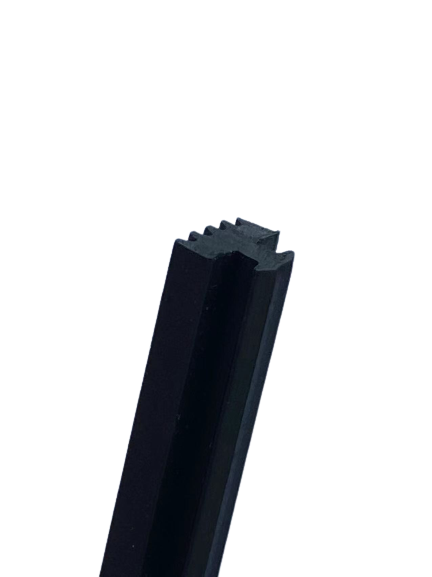Out . 30, 2024 18:26 Back to list
high quality ship anti-collision rubber sealing strip
High-Quality Ship Anti-Collision Rubber Sealing Strips Protecting Vessels and Ensuring Safety at Sea
In the maritime industry, safety and protection are paramount. As vessels navigate through often turbulent waters, the potential for collisions and impacts is ever-present. To mitigate these risks, high-quality ship anti-collision rubber sealing strips have become an essential feature in modern ship design and maintenance. These innovative solutions not only enhance the safety of the vessel itself but also protect marine environments, cargo, and crew.
Understanding the Importance of Anti-Collision Rubber Sealing Strips
Anti-collision rubber sealing strips are specifically designed to absorb shock during impacts, reducing the potential for damage to both the ship and other vessels or structures. Made from durable, high-quality rubber materials, these strips act as a cushion, minimizing the force of collision. They are typically placed along the edges of a vessel, including at the bow, stern, and along the sides, where impacts are most likely to occur.
A vessel equipped with reliable anti-collision features can significantly lower the risks associated with maritime operations. By absorbing shock and providing a flexible buffer, these sealing strips help prevent structural damage to the hull, which is particularly vital in maintaining the vessel's integrity and prolonging its operational lifespan.
Material Quality and Durability
One of the key factors in the effectiveness of anti-collision rubber sealing strips is the quality of the materials used in their manufacture. High-quality rubber compounds are resistant to harsh marine conditions, including saltwater, UV radiation, and extreme temperatures. This durability ensures that the sealing strips can withstand the rigors of maritime life, maintaining their effectiveness over time without significant wear or degradation.
high quality ship anti-collision rubber sealing strip

Furthermore, the rubber used in these sealing strips is often engineered to provide excellent resilience and flexibility, allowing it to deform upon impact and return to its original shape. This characteristic is vital for maintaining the protective quality of the strips during repeated use.
Installation and Maintenance
Proper installation of anti-collision rubber sealing strips is crucial for maximizing their protective benefits. It is essential that these strips are securely affixed to ensure they perform effectively during impacts. Regular maintenance checks are also necessary to assess the condition of the strips, replacing any that show signs of excessive wear or damage.
Environmental Considerations
In today's eco-conscious world, the manufacturing process of anti-collision rubber sealing strips is increasingly being designed with sustainability in mind. Many manufacturers are exploring recyclable and environmentally friendly materials, ensuring that the production and disposal of these strips do not harm marine ecosystems.
Conclusion
High-quality ship anti-collision rubber sealing strips play a vital role in enhancing maritime safety. By absorbing shocks during impacts, they protect vessels, cargo, and the environment from potential harm. Their durability and resilience, combined with thoughtful installation and maintenance practices, ensure that ships can navigate the seas with greater confidence and security. As the maritime industry continues to evolve, these sealing strips will remain a crucial component in safeguarding both vessels and the vital waterways they traverse.




